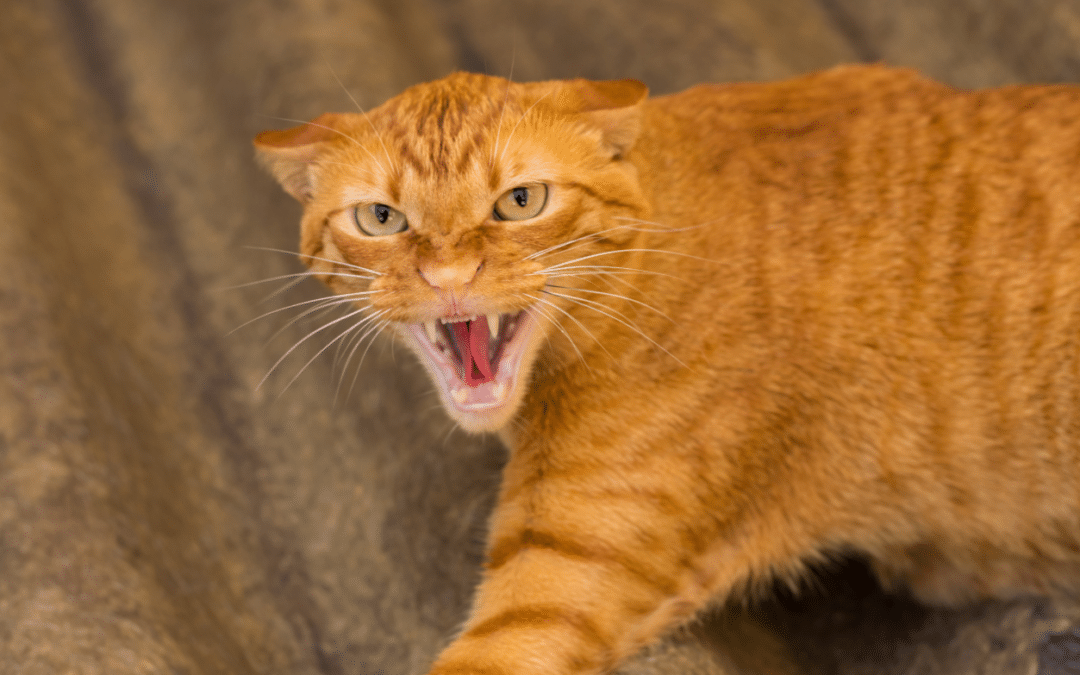Is your cat exhibiting bully-like behavior? Before you jump to conclusions, it’s important to understand that cats aren’t actually bully cats in the same way that humans can be. The feline behavior is often influenced by instinct and their environment. If your kitty is being aggressive towards other cats, here are some tips to address and mitigate such behavior, ensuring a happier and more peaceful coexistence in the home.
Identifying Triggers
The first step in addressing a cat’s bullyish behavior is to identify the triggers that prompt such actions. Does the aggression occur at specific times or in particular locations within your home? Observing your cat’s behavior closely can reveal patterns and help you pinpoint the root causes.
By understanding the triggers, you can take proactive measures to eliminate or minimize them. This might involve creating safe spaces for ‘bully cats’, rearranging furniture, or adjusting their feeding schedules. Identifying and addressing these triggers can go a long way in fostering a more harmonious environment.
Resource Assessment
Cats can become territorial and defensive if they feel their essential resources are scarce. Ensure that you’re providing an ample supply of food, water, litter, toys, and – most importantly – your attention. Monitor your cats during feeding times to ensure each has the opportunity to eat without interference.
Consider multiple feeding stations to prevent competition for resources. Additionally, ensure that there are enough litter boxes and comfortable resting spots for each cat. By addressing these basic needs, you can reduce the likelihood of territorial disputes and create a more peaceful living space for your cats.
Engaging Playtime
Boredom and excess predatory energy can contribute to aggressive behavior in cats. Engaging your cat in regular play sessions can help dissipate this extra energy and foster a more positive environment. Confidence-building activities, such as interactive toys or puzzle feeders, can also be effective in redirecting their focus.
Encourage positive interactions between your cats by providing opportunities for shared playtime. This can help build bonds and create a more relaxed atmosphere within your home. Remember, a tired cat is often a content cat, so incorporating regular play sessions into your routine can make a significant difference.
Rather than viewing a cat displaying less-than-friendly behavior as a ‘bully,’ consider it a sign that adjustments are needed within their environment. By identifying triggers, ensuring ample resources, and engaging in regular playtime, you can create a more harmonious living space for your feline companions. Remember, understanding and addressing the underlying reasons behind a cat’s behavior is key to fostering a happy and peaceful environment for everyone involved.





Recent Comments